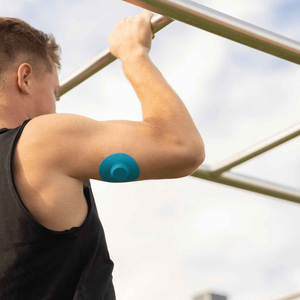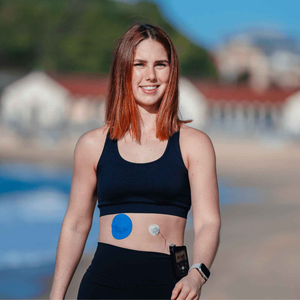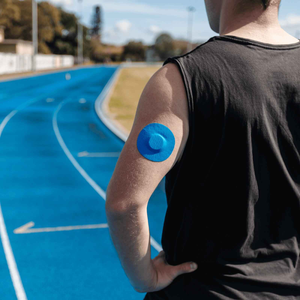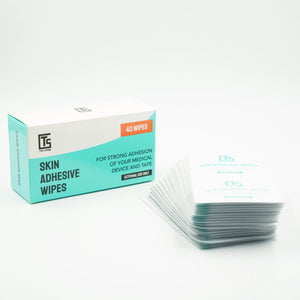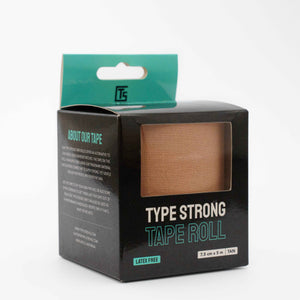Travelling can feel stressful when you rely on a continuous glucose monitor (CGM). Between queues, security checks, and luggage restrictions, it is natural to wonder: will your CGM sensor, transmitter, or patches cause issues at the airport? The good news is that with the right preparation, flying with a CGM sensor is straightforward. You can keep your device safe, protect your readings, and avoid patch failures even on long-haul flights.
Can you take a CGM through airport security?
Yes – you can fly with your CGM sensor and patches. Most airports are used to medical devices and have clear procedures in place. However, security staff may not always be familiar with specific models, so carrying a medical letter or device card is helpful.
Reminder:
Request a manual pat-down if your manufacturer advises avoiding X-ray or full-body scanners.
Keep your CGM visible when explaining to security staff – this usually avoids confusion.
Carry a small printed copy of your CGM manufacturer’s airport guidance (these are usually available online).

What you can bring on board with a CGM sensor
You’re allowed to carry your sensor, spare patches, and related supplies in both cabin and checked baggage. The cabin is usually best for sensitive items to prevent loss or extreme temperatures.
|
Item |
Allowed in carry-on |
Notes |
|
CGM sensors & transmitters |
✔ |
Keep in original packaging where possible |
|
Adhesive patches & wipes |
✔ |
Store in resealable bags to stay clean |
|
Tape rolls & infusion set patches |
✔ |
Useful for emergency replacements mid-flight |
|
Spare batteries/chargers |
✔ |
Must comply with airline battery regulations |
|
Liquids (e.g. skin prep wipes) |
✔ (under 100ml per item) |
Pack in clear plastic bag |
Pro tip: If you use CGM patches, pack at least double what you think you’ll need. Cabin air is dry, and destination climates may be humid or hot – both can affect adhesion.
Can airport scanners affect CGM readings?
Some CGM sensors are safe in standard walk-through detectors, but advanced full-body scanners and X-ray machines may interfere with readings or sensor electronics.
Notes for travellers:
- Walk-through metal detectors are generally fine, but confirm with your CGM manufacturer.
- If directed to a scanner you’re unsure about, politely request an alternative check.
- Your CGM may show a false low or high after passing through certain machines – check your readings carefully.
For step-by-step skin prep that helps patches stay put before flying, see our guide on proper skin prep.
How to stop your patch peeling mid-flight
Airplane cabins are low in humidity and can make skin dry, which sometimes weakens adhesion. Add in long hours sitting in one position, and it’s common for edges to start lifting.
Travel reminders:
- Apply your patch the night before flying, not just before leaving for the airport.
- Use adhesive wipes to boost grip, especially if travelling to hot or humid countries.
- Carry a spare tape roll – it can quickly secure a peeling edge without needing a full patch change.
- If you already know your patches tend to loosen, see our tips for weak patches before you fly.
Packing CGM supplies for travel
Travelling with diabetes tech is easier when you prepare like an athlete would for training. A spare kit bag with patches, wipes, and tape rolls can make the difference between a stress-free flight and a disrupted trip.
What to pack in your CGM travel kit:
- 2–3 spare sensors (in case one fails or is damaged)
- At least twice the number of patches you’d normally use
- Travel-sized wipes and sanitiser for clean application on the go
- A backup patch style (for example, round instead of oval) in case of skin irritation
- Bundle packs to save space and ensure variety
Our post on travel patch care gives a full checklist you can adapt for your journey.

People also ask
Can you wear a CGM on a plane?
Yes – you can wear a CGM sensor during your flight. Just let cabin crew know if you need to use a medical device and keep supplies in your carry-on.
Do airport body scanners interfere with CGM sensors?
Some scanners may interfere with readings or sensors. Many users request a manual pat-down instead. Always check your manufacturer’s travel guidance.
Can I bring adhesive patches through airport security?
Yes – adhesive patches, wipes, and tape are allowed in hand luggage. Liquids must follow the 100ml rule.
Should I pack extra patches when travelling?
Absolutely. Changes in climate, long flights, or unexpected patch lift-offs are common while travelling. Having spare CGM patches ensures you won’t be left unprotected.
Do CGM sensors work on long-haul flights?
Yes – sensors continue to record glucose levels at altitude. Just remember to recalibrate if your device requires it, especially if you notice unusual readings after take-off.
Final travel tips for CGM users
Flying with a CGM sensor doesn’t need to be stressful. With preparation, you can pass smoothly through airport security, protect your device, and enjoy your trip without worrying about patch failures.
Final reminders:
- Always pack CGM supplies in your carry-on, not checked luggage.
- Prepare for both hot and cold climates at your destination.
- Bring extra patches and wipes in case travel delays extend your trip.
- Stay hydrated – dehydration can affect skin adhesion and your glucose readings.
For destination-specific advice, you may also find our guide on summer patch protection helpful.
Travelling is about freedom – and with the right CGM support, you can focus on the journey instead of the patch. Safe travels!
